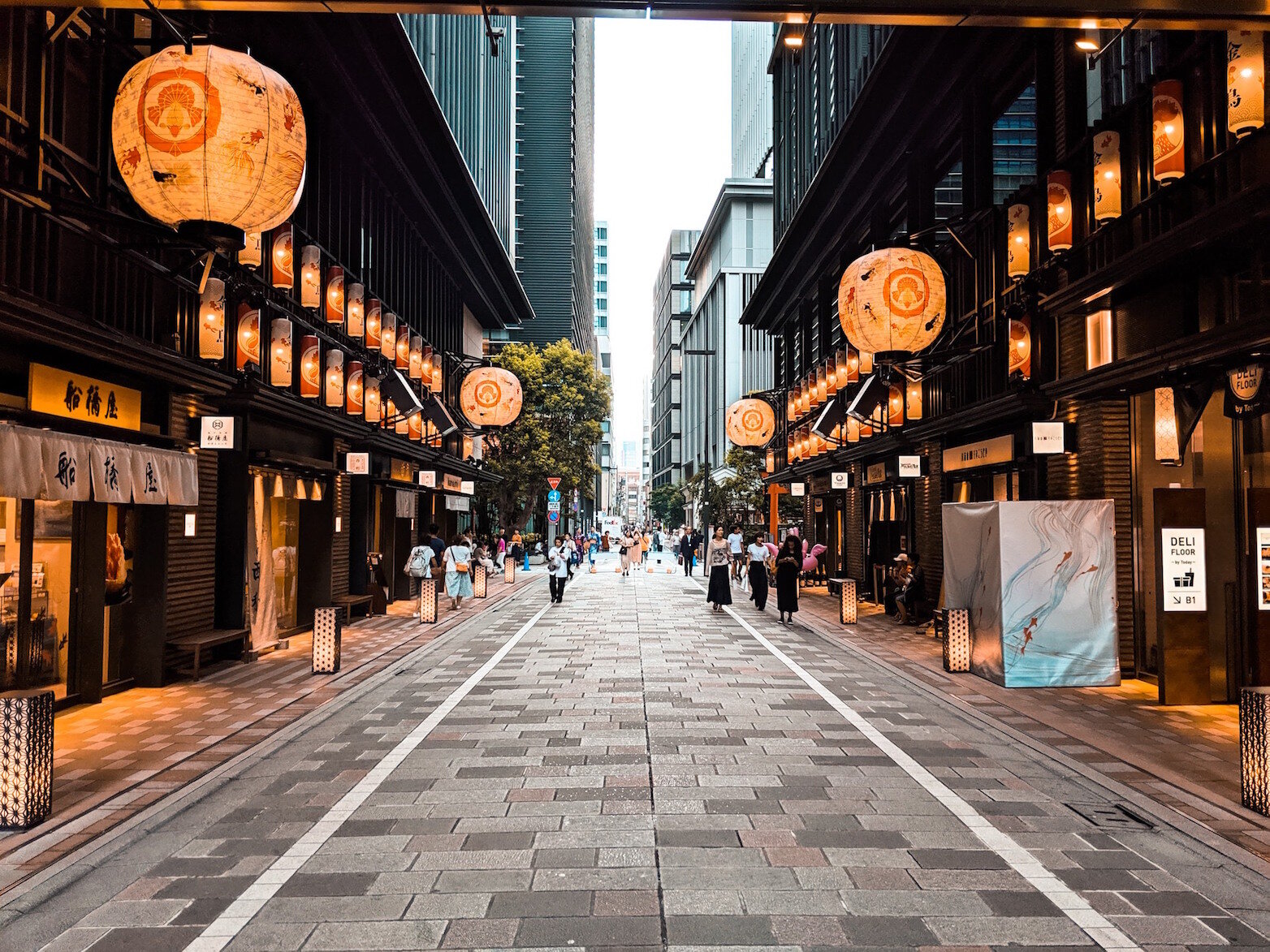Fumio Asakura is the father of modern Japanese sculpture. The Asakura Sculpture Museum showcases his art right inside his former studio and residence from the early 1900s. You’ll have the chance to see both his art and a traditional Japanese home from the early 1900s.
Within his home, you can experience entering a traditional Japanese room floored with tatami mats with sliding paper doors, a Japanese garden in the middle of his home, his studio and many other interesting rooms throughout his house.
Photo Credit: Savvy Tokyo
Address: 7 Chome-18-10 Yanaka, Taito City, Tokyo 110-0001
Hours: Closed Thursday and Monday, 9:30am -4:30pm
Website: http://www.taitocity.net/zaidan/asakura/
How to get there: A 3 minute walk from Nippori Station, West Exit on the JR Line.


















